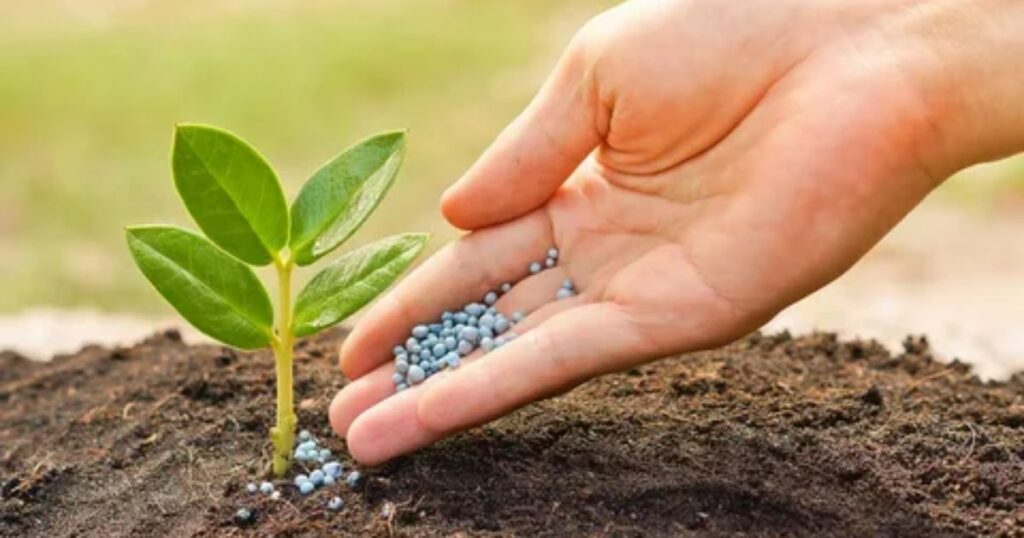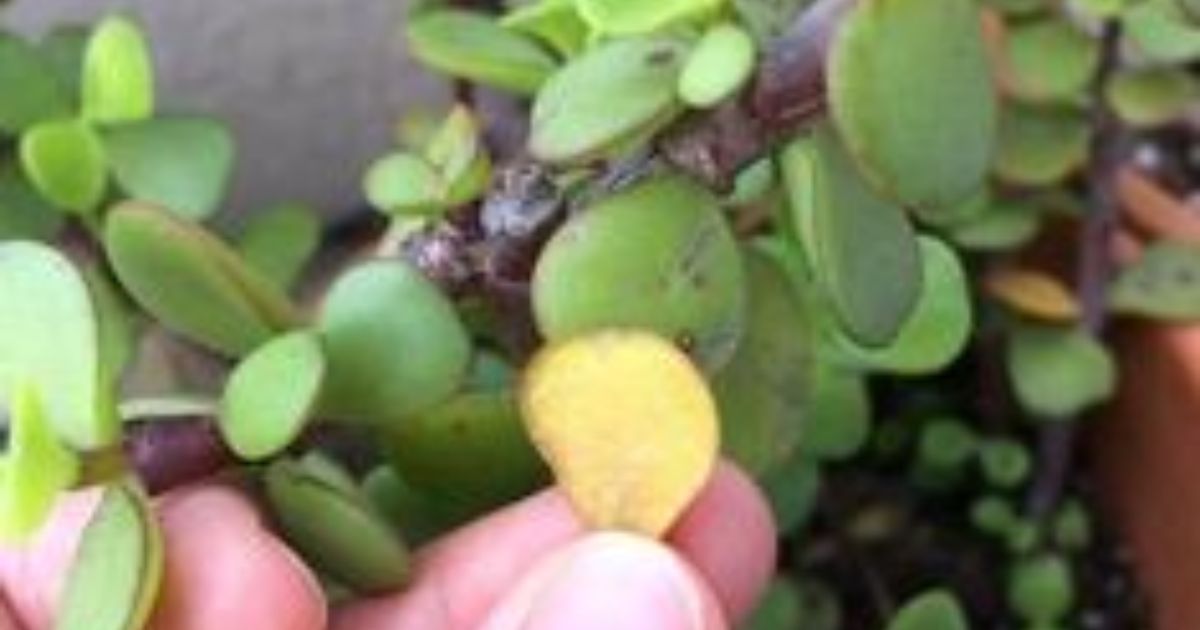Succulents are beloved for their charming appearance and low maintenance nature. These hardy plants are known for their ability to thrive in a variety of conditions, making them a popular choice for both novice and experienced gardeners. Their reputation for resilience, succulent enthusiasts may encounter a common issue: yellowing of their succulent plants.
Are your beloved succulents losing their vibrant charm? If you’ve ever wondered, Why Are My Succulents Turning Yellow this article holds the answers and actionable tips to bring back their green glory. your succulents suffer, let’s revive their beauty together. The solutions and make your succulents thrive again.
This can be frustrating, but fear not; there are several reasons why your succulents might be turning yellow, and with a little attention and care, you can often restore their vibrant green color. In this article, we will explore the various factors that can lead to succulent yellowing and offer practical solutions to help you bring your succulents back to health.
Common Causes of Succulent Yellowing
| Key Points | Description |
| Common Causes of Succulent Yellowing | Overwatering: Excessive moisture can lead to root rot and yellowing leaves. |
| Poor Drainage: Inadequate drainage can cause water accumulation and root rot. | |
| Insufficient Light: Low light can result in pale, yellowing, and etiolated growth. | |
| Pest Infestations: Pests like aphids and mealybugs can damage leaves, causing yellow spots. | |
| Nutrient Deficiency: Lack of essential nutrients can lead to yellowing, such as nitrogen deficiency. | |
| Temperature Stress: Extreme heat or cold can stress succulents and cause leaf discoloration. | |
| Disease: Fungal, bacterial, or viral diseases can lead to yellowing and other leaf issues. | |
| How to Revive Yellowing Succulents | Assess soil and pot: Check moisture and ensure pots have drainage holes. |
| Adjust watering routine: Water sparingly and allow soil to dry out between waterings. | |
| Provide adequate lighting: Place in bright, indirect sunlight or use grow lights. | |
| Monitor for pests: Regularly inspect for pests and treat as needed. | |
| Address nutritional needs: Apply balanced, diluted fertilizer during the growing season. | |
| Protect from extreme temperatures. Shield from harsh weather conditions. | |
| Manage disease. Isolate and treat infected succulents to prevent spread. | |
| Preventing Succulent Yellowing | Choose the right soil. Use well-draining succulent soil or add amendments. |
| Select suitable pots:.Opt for pots with drainage holes in appropriate sizes. | |
| Proper watering technique. Water when soil is dry, develop a watering schedule. | |
| Maintain adequate lighting: Position succulents for proper light exposure. | |
| Regular inspection: Check for pests or disease early and take action. | |
| Nutrient management: Use balanced fertilizer during the growing season. | |
| Temperature control: Protect succulents from extreme temperature fluctuations. |
Overwatering
One of the most frequent reasons for succulent yellowing is overwatering. While succulents are known for their water-storing abilities, they do not require frequent or excessive watering. Overwatering can lead to various problems, including root rot, which manifests as yellowing leaves. Here’s how overwatering effects succulents:
Root rot
Excessive moisture in the soil can lead to root rot, which hampers the plant’s ability to take up nutrients and water. As a result, the leaves can turn yellow and wilt.
Solution
Adjust your watering schedule to ensure the soil dries out between waterings. It’s better to underwater succulents than to overwater them.
Use well-draining soil and pots with drainage holes to prevent water from accumulating at the root level.
Poor Drainage
Inadequate drainage is closely related to overwatering and can be a significant cause of succulent yellowing. Why is my succulent wrinkly? When water cannot escape the pot or soil, it accumulates around the roots, leading to root rot and yellowing leaves.
Solution
Use pots with drainage holes to allow excess water to escape.
Make sure your succulent’s soil is well-draining by adding materials like perlite or sand to improve aeration and prevent waterlogging.
Insufficient Light
Succulents are adapted to thrive in bright, indirect sunlight, but they can also tolerate lower light conditions. However, if your succulent does not receive enough light, it may become stressed and develop yellow or pale leaves. Here’s how insufficient light affects succulents:
Etiolation
When succulents don’t receive enough light, they can become stretched and elongated, resulting in weak, pale, or yellowing growth.
Solution
Place your succulents in a location where they receive at least 6 hours of indirect sunlight per day. South-facing windows are often ideal.
Consider using grow lights to supplement natural light if you don’t have access to suitable windows.
Pest Infestations
Pests like aphids, mealybugs, and scale insects can cause damage to succulents by feeding on their plant juices. As a response to pest infestations, succulents may develop yellow spots or discolored patches on their leaves.
Solution.
Inspect your succulents regularly for signs of pests, and treat any infestations promptly with natural or chemical remedies, depending on your preference and the extent of the infestation.
Nutrient Deficiency
Succulents, like all plants, require essential nutrients to grow and thrive. If your succulents are not receiving the necessary nutrients, their leaves may turn yellow or display other signs of nutritional deficiency.
Nitrogen deficiency.
A lack of nitrogen can cause the older leaves of succulents to turn yellow. Nitrogen is vital for healthy leaf growth.
Solution
Use a balanced, diluted fertilizer specially formulated for succulents during the growing season. Follow the manufacturer’s instructions to avoid over-fertilizing, which can also harm your plants.
Temperature Stress
Succulents are generally adaptable to different temperatures, but they can become stressed if exposed to extreme heat or cold. Temperature stress can manifest as yellowing or discolored leaves.
Solution
Protect your succulents from extreme temperature fluctuations. Move them indoors during cold winters or provide shade during scorching summer days.
Disease
Succulents can be susceptible to fungal, bacterial, or viral diseases, which can lead to leaf discoloration and yellowing. Common diseases affecting succulents include powdery mildew and root rot.
Solution
Isolate infected plants to prevent the spread of disease.
Remove and discard affected leaves or parts, and treat the plant with appropriate fungicides or
bactericides as recommended by a gardening expert.
How to Revive Yellowing Succulents
If your succulents are displaying yellow leaves, it’s essential to identify the underlying cause and take appropriate action to revive them. Here are steps you can take to restore the health and vibrancy of your succulents.
Assess the Soil and Pot

Check the soil moisture by inserting your finger into the soil up to the first knuckle. If it feels wet, the soil is likely retaining too much moisture. Allow the soil to dry out before watering again.
Ensure your succulent pots have drainage holes to prevent water from accumulating in the bottom, which can lead to root rot.
Adjust Your Watering Routine
Water your succulents sparingly allowing the soil to dry out completely between waterings.
Consider using the “soak and dry” method: thoroughly water the soil and allow excess water to drain, then wait for the soil to dry out before the next watering.
Provide Adequate Lighting
Place your succulents in a location with bright, indirect sunlight or use artificial grow lights if natural light is insufficient.
Rotate your succulents regularly to ensure all sides receive equal light exposure and prevent uneven growth.
Monitor for Pests
Regularly inspect your succulents for signs of pests, such as sticky residue, webbing, or unusual spots on the leaves.
If you find pests, treat your succulents with natural remedies like neem oil or insecticidal soap or consider using chemical pesticides as a last resort.
Address Nutritional Needs
Apply a balanced, diluted succulent fertilizer during the growing season to ensure your plants receive the necessary nutrients.
Be cautious not to over-fertilize, as this can harm your succulents. Follow the manufacturer’s recommendations for application.
Protect from Extreme Temperatures
Shield your succulents from extreme temperatures by bringing them indoors during winter frost or providing shade during scorching summer heat.
Maintain proper ventilation to avoid excessive heat buildup in indoor spaces.
Manage Disease
Isolate infected succulents to prevent the spread of disease to healthy plants.
Remove and dispose of affected leaves and treat the plant with appropriate disease control products as recommended by experts.
Preventing Succulent Yellowing
Prevention is often the best strategy to keep your succulents healthy and vibrant. Here are some tips to help you prevent succulent yellowing in the first place:
Choose the Right Soil
Use well-draining succulent soil mix or create your own by adding sand, perlite, or pumice to regular potting soil. This ensures excess water drains effectively, preventing root rot.
Select Suitable Pots
Opt for pots with drainage holes to allow water to escape. Choose pots that are appropriate in size for your succulents and provide room for root growth.
Proper Watering Technique
Water your succulents only when the soil is dry to the touch. Develop a consistent watering schedule that suits your specific environment and succulent species.
Maintain Adequate Lighting
Place your succulents in a location that provides the right amount of light. Monitor their growth and adjust their position as needed to ensure even exposure.
Regular Inspection
Check your succulents regularly for signs of pests or disease. Early detection and treatment can prevent serious issues from developing.
Nutrient Management
Use a balanced fertilizer during the growing season and avoid over-fertilization, which can harm your succulents.
Temperature Control
Protect your succulents from extreme temperatures by moving them to a suitable location when needed.
Conclusion
Succulents can add a touch of natural beauty to your home or garden, but yellowing leaves can be a common concern. By understanding the various factors that can cause succulent yellowing and taking proactive steps to address and prevent them, you can enjoy healthy, vibrant succulents year-round. Remember that succulents are resilient plants, and with proper care and attention, you can ensure they stay green and thrive for years to come.










